No one would argue that game development is a complex multicomponent task. And when it comes to choosing a method of its visual presentation, many people actually come to a dead end. A lot of questions arise:
- What styles are there in general?
- Where can you get examples?
- Which one will suit your project and highlight its essence and purpose?
Due to the lack of a clear and universally approved taxonomy of 3D art styles, game creators often fall into the trap of unintentional plagiarism. Having chosen an already released more or less successful game of the genre similar to the one that is planned for the future project, they copy its style. That is why there are so many games on the market that are indistinguishable from each other.
Why is this unacceptable? Because every game must have an identity. And the visual elements are just what can express its identity and key qualities. The interface, environment, characters, even the loading screen – remember the sacred thrill of fans of might and magic in front of three simple letters 3DO – all these are the primary elements that can make your game stand out. If all this is copied, even with good intentions, you lose – your game becomes secondary, no one will remember it.
We are not magicians and cannot work miracles. But we can highlight for you several of the most pronounced 3D game art styles, tell you about their application, and show examples. This will illuminate your game development path and make it much clearer.
What is 3D Art? Keynote Speech
Three-dimensionality means that the object has measurements of height, width, and depth, like any object that we see in front of us right now: a laptop, a table, or a chair.
While the 2D tools can give the impression of depth and stunning realism, they don’t make the drawing look three-dimensional. After all, it remains flat and cannot be seen from all sides.
Modern 3D game art is objects, environments, and characters that are created using special software. Their diversity is equal to the diversity of elements of the real world, and sometimes even surpasses it due to the ability to easily create fantastic creatures, magical locations, and absolutely incredible flora. It is impossible to create good 3D art without a vivid and passionate imagination. Too much competition in the gaming market makes simple and trivial solutions unacceptable.
Dive Deeper:
✔ The Complete Guide to 3D Character Modeling for the Uninitiated
Now let’s go directly to the types of 3D game art styles.
Know What To Choose From: Most Significant 3D Game Art Styles
We would like to draw your attention to the fact that the graphics on mobile devices do not differ in style from the graphics on PC or consoles. It’s just that the style of realism prevails on more powerful platforms, and in mobile games, the cartoon style is more relevant for technical reasons. Therefore, there is no point in dividing styles by platform.

Realism
The meaning of the realistic style is to bring the graphics as close as possible to the appearance of our reality. Almost all triple-A projects are created in this style. The setting, era, and genre can be anything. It can be a modern air simulator, a shooter about the Second World War, or a strategy designed to rebuild and improve the economy of Daytime Rome.
Most Common Application Areas
Realism is relevant where it is necessary to completely immerse the player in the setting without doubting the reality of what is happening around. It can be simulators, for example, racing. Also, realism is often found in horror and survival games, where it is important to create a sense of threat and at the same time give the characters the opportunity to wind up the brain.
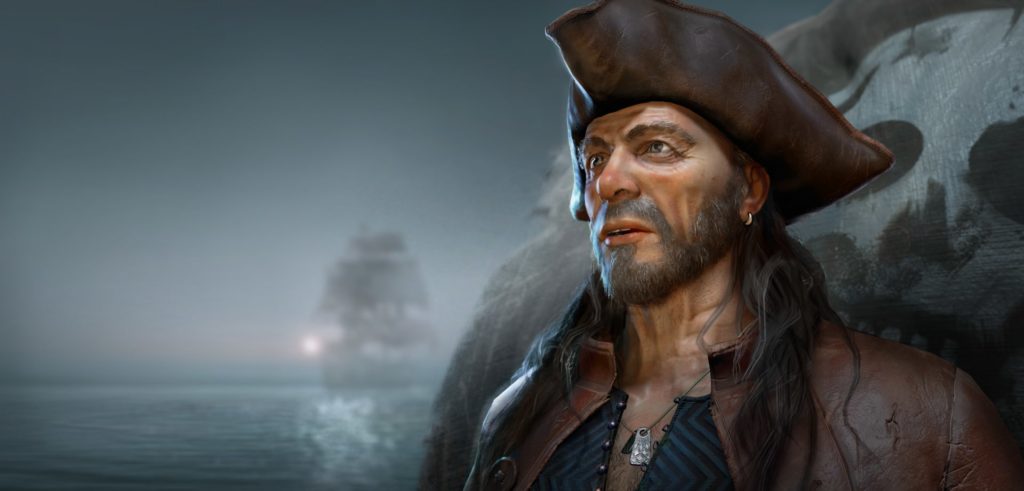
Fantasy Realism
This style of 3D art would not need to be separated from the previous one if not for its huge popularity and de facto independence. Just take a look at Cyberpunk 2077, the action/RPG game from the Polish publisher that people have been waiting for over 8 years. Fantasy realism includes any fantasy, steampunk, and sci-fi setting that looks absolutely realistic but is not possible in our real life. At least for now.
Most Common Application Areas
Adventure shooters, quests and action/RPG – all of these types of 3D games are perfectly combined with a realistic but unreal setting. A huge space for imagination without restrictions and attachment to real life allows this direction to keep players’ interest and remain fresh and interesting.
Low Poly
The trend to use this interesting style has been around for quite a few years now. These are illustrations made in a low poly style, visually resembling a bunch of triangles. This style is characterized by high labor intensity, because each element of the illustration is unique and is created individually. Low poly is created most often without anti-aliasing. That is, each polygon is clearly visible. No textures are used. Each polygon has one color.
Low poly art focuses on the shape and materials of the model, as well as stage lighting. The name of this style does not mean that the artwork has a low polygon count. Often the number of polygons in such works can exceed a million. By the way, low-poly art should not be confused with the concept of low poly, which is used to refer to low poly models derived from high poly in order to save polygon budgets.
Most Common Application Areas
Usually this style is rarely seen in the game in its purest form. Developers often mix it with other styles or modify it in some way. Artists improvise and often get great visual combinations. The complexity of the models varies. But minimalism and purity of models prevail. The range of genres can be anything from shooter to strategy. This style is used when the focus is more on the story, or when puzzles and graphics are of secondary importance.
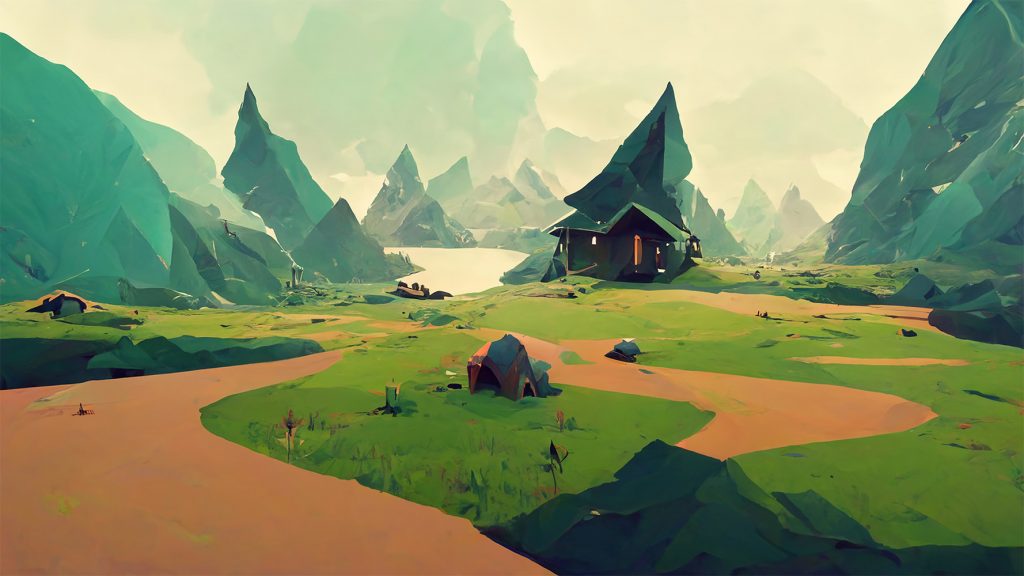
Hand-Painted
This style is characterized by freehand texture painting. All shadows, highlights, and sometimes small details are drawn on the texture without geometry. You might think that this approach is not relevant now. But it is enough to remember such pillars as Dota and Warcraft, and the significance of style takes on a completely different scale.
Most Common Application Areas
This style is most often used in fantasy and strategy games like Rise of Industry. It is bright enough to immerse the player in the world and light enough not to overload the hardware. Often mixed with other styles, the hand-painted one can be leaning towards comics, cartoons, or even realism.

Cartoon
Also known as casual, this 3D art style essentially includes both low poly and hand-painted options. Sometimes textures for such graphics are drawn by hand, sometimes they are not used at all.
Distinctive features are colorfulness, relative simplicity, exaggeration of accents, and non-standard proportions. Each author has his or her style, which brings new features to this art direction. Here the line between styles is very thin, but if desired it can be caught.
Here we can distinguish a couple of the most pronounced substyles:
- The voxel style is a kind of pixel art in 3D. Everything consists of voxels – three-dimensional cubes of the same color. There are also variations when voxels have a texture, like in Minecraft.
- The plasticine style makes the game world look like the classic Soviet cartoons Plasticine Crow or Last year’s snow was falling.
- The mixed style can be bound to multiple textures at the same time. In the LittleBigPlanet series of games, the emphasis is on the textures of models: cardboard, wood, fabric and more.
Most Common Application Areas
Most often, this style is used in simple casual games, puzzles, and games for children. Simple, crisp, and colorful graphics are great eye-catchers, and not having to stick to realistic standards makes developing these games a lot faster.
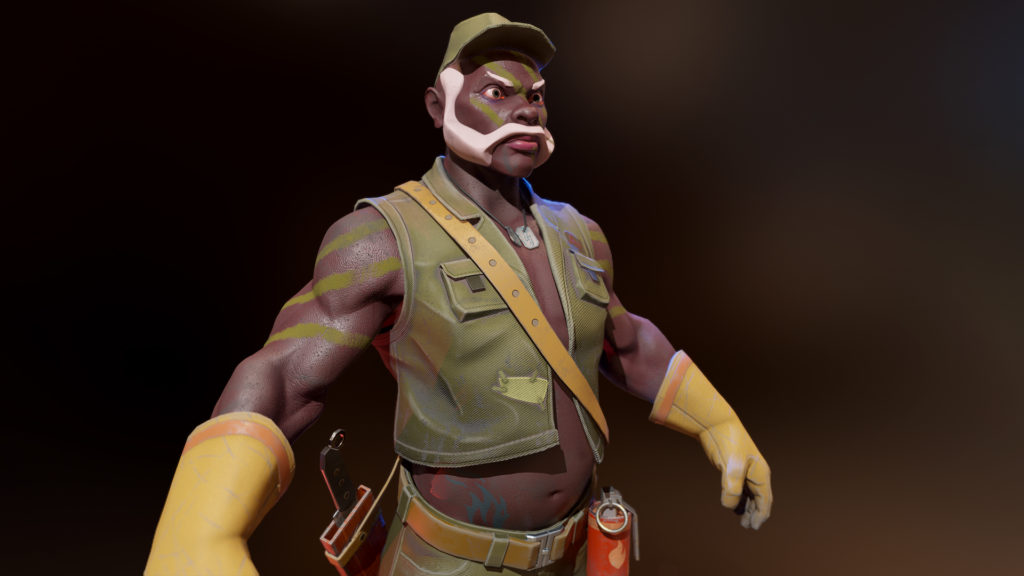
The Best 3D Game Art Design Services
Working with 3D art requires not only professional artistic skills, but also a huge amount of knowledge about styles, their combinations, and the appropriateness of their application in a particular project. If, after learning about some of the most famous types of 3D art, you are still having a hard time figuring out what would work best for your game, feel free to contact Kevuru Games to hire 3D artist.
Our team has been working with 3D game art portfolio for over 10 years and knows all the pitfalls to avoid when choosing the right style for different game genres. We will help you find the optimal style or create a custom one in accordance with the concept of your game. What seemed difficult or unrealistic to you will be made using the most advanced modern tools and deep knowledge of the various intricacies of 3D game art.


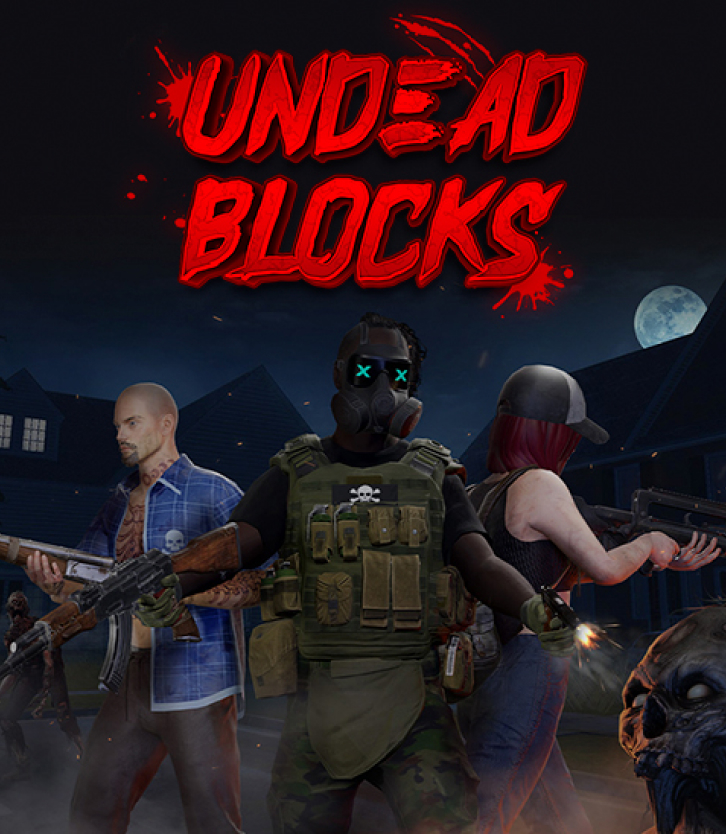
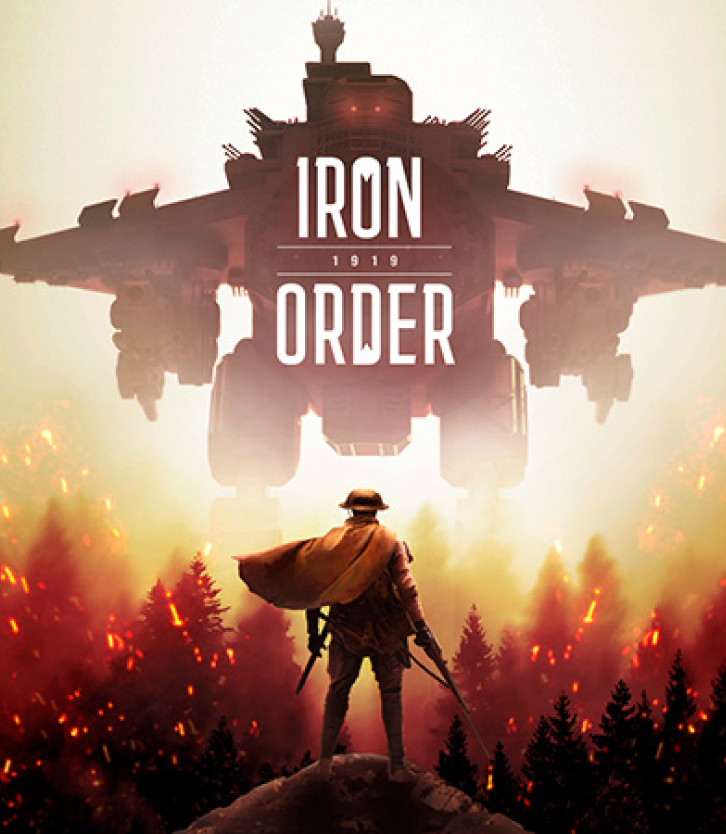

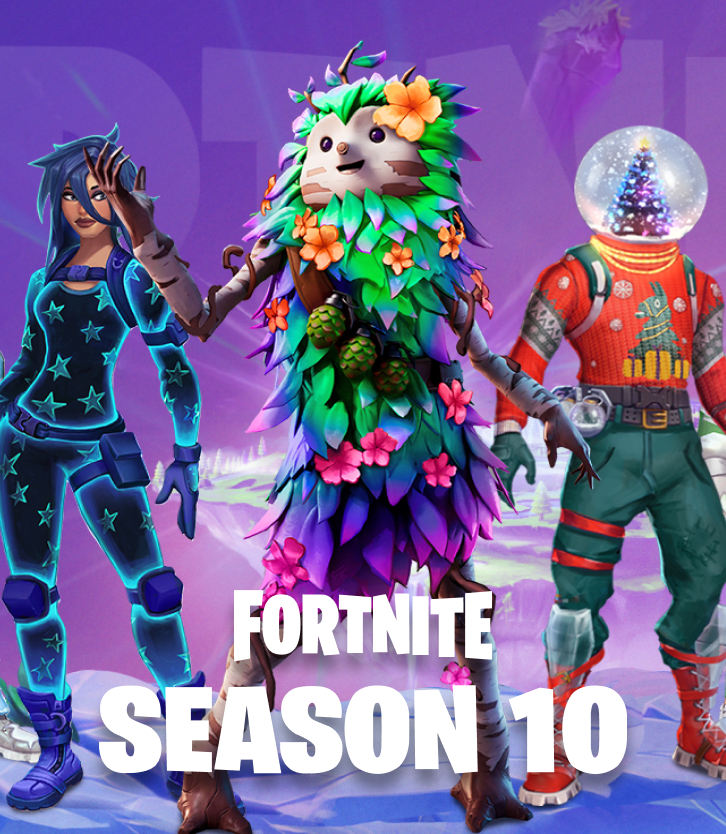
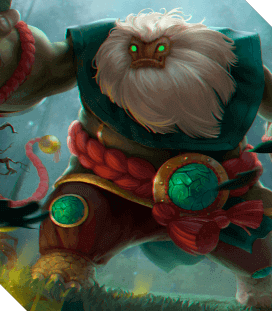


![Indie Game Development: Guide to Revenues, Most Profitable Genres & Monetization [+10 Best Indie Games 2024]](https://kevurugames.com/wp-content/uploads/fly-images/11949/indie-pre-138x138.jpg)